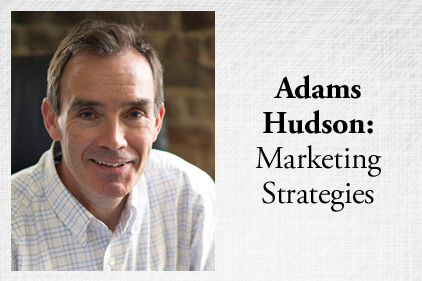
|
| Photo credit: ©istockphoto.com/AntiMartina |
How well you close is perhaps the ultimate judge of your sales success. But how you open has a lot to do with whether you get to close at all!
I’m not the first to say it, but it’s still true: You never get a second chance to make a first impression. Another thing that’s just as true: Your first impression will last long after you say or do anything to counter it, so you better make it good.
Same thing goes for your website. There’s a good chance that before your technician even steps foot into a home, your customer has thoroughly inspected your website and broken down every review he can find. That means your website needs to look and be presented as not only professional but trustworthy.
Add all that together and it really means your opening starts before you ever make it in the door. In fact, before you even open your mouth, you’ve already said a lot. Your appearance (online and off) speaks volumes about you. As a salesperson, you should dress according to the client and the climate of the meeting without sacrificing your own professionalism and personal power.
Now, what will your customer see when he opens the door? Smile, introduce yourself, greet everyone present and shake hands. Once in the door, don’t jump straight into your presentation. Take a moment to make small talk and make the most of those first minutes. This will help you get inside your prospect’s comfort zone. But don’t spend 30 minutes chatting it up.
Make neutral, personal and sincere comments throughout the process. Be observant. If you see a bowling trophy on the bookshelf, use it as a conversation starter! Be yourself and be natural. Have a confident manner that is neither superior nor inferior to your prospect.
Open with a bang
Now that you’ve made a good first impression, follow it up with a great opening. A prospect’s reactions to you in the early minutes of the presentation are critical to a successful sale.
To begin the presentation, you first have to get your prospect’s attention, so open with a bang, just like a headline in a media release. Start with a strong, effective statement that you build on throughout your presentation and support it along the way.
Many different ways are available to open and which one you choose will depend on your audience (illustrating the importance of knowing your prospects well) and their plumbing needs.
You might choose to open your presentation by saying something such as, “One of the great things about doing business with …” to imply that there are many great things, and to gain and hold a customer’s interest.
Other attention-grabbing opening options include:
- Startling information. “I was just reading that if your water heater is more than 8 years old, a new one generally saves more in repairs and energy than it costs! You don’t often find a machine that buys itself …”
- A rhetorical or open-ended question. “Did you know that a large amount of your energy bill goes toward heating your water? That’s why it just makes good sense …”
- An analogy. “Usually, repairing a water heater of that age is kind of like putting a $100 saddle on a $10 horse.” Or for women — “Repairing a water heater of that age is kind of like getting a $100 alteration on an outdated dress.”
- An anecdote. “I was just around the corner from you last week, with an almost identical situation. Must be catching! Turns out we were able to fix that customer’s problems pretty easily by …”
With any of these opening strategies, make sure they apply to the subject at hand and in some way involve the prospect.
One word of advice: If you choose to open with a joke, be very careful. The true mark of “unprofessional” speakers is the feeling that they must start their presentations with a joke.
Nine times out of ten, the joke is not funny. Even if it is, your audience has already heard it several times. Humor is a good tool in effective speaking but it must be used properly.
Presenting a sales pitch is serious business but also should be entertaining. A good opener will get your presentation off to a great start. And another thing that’s just as true: A great start gets you one step closer to a great close.



